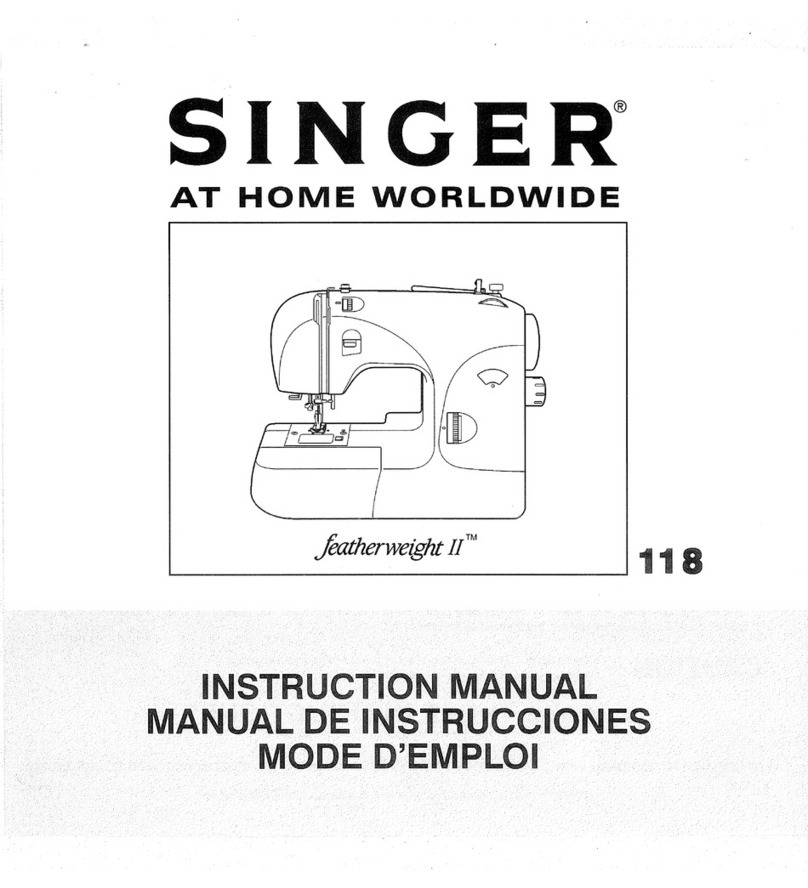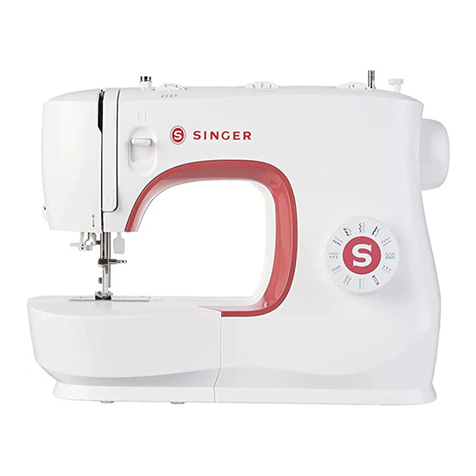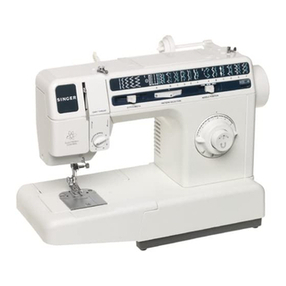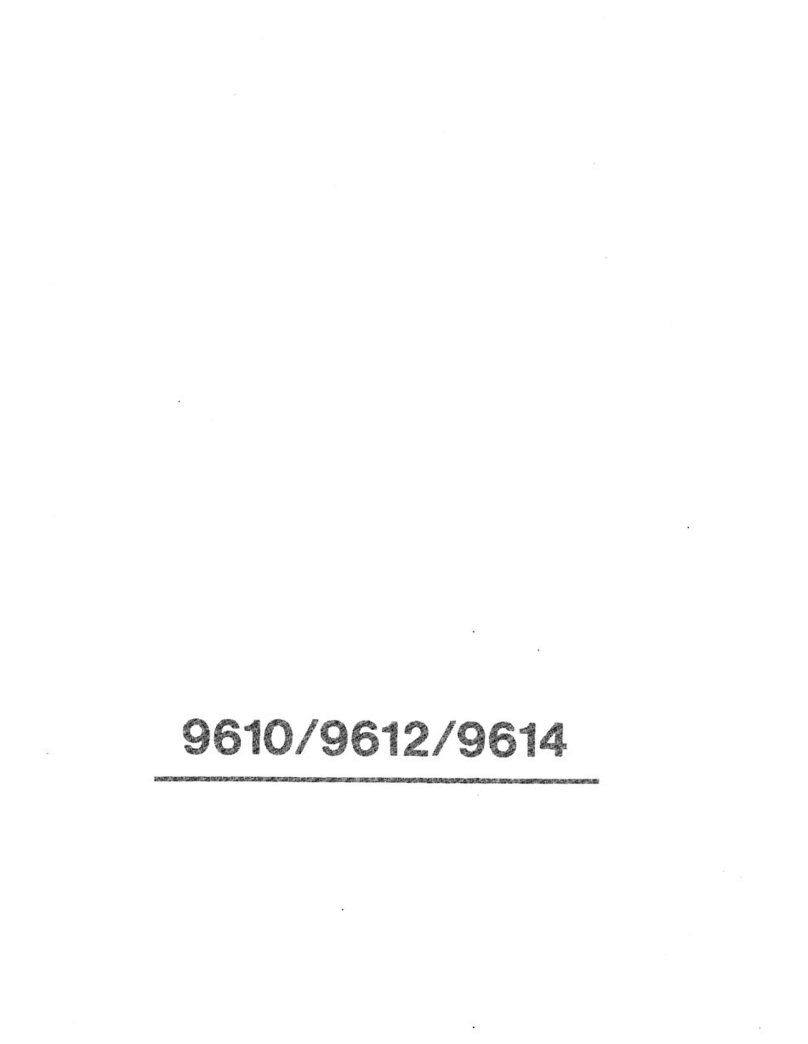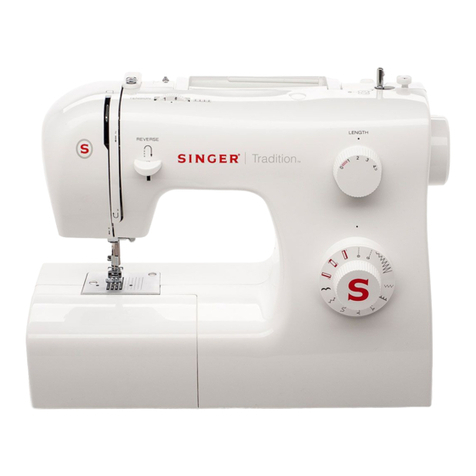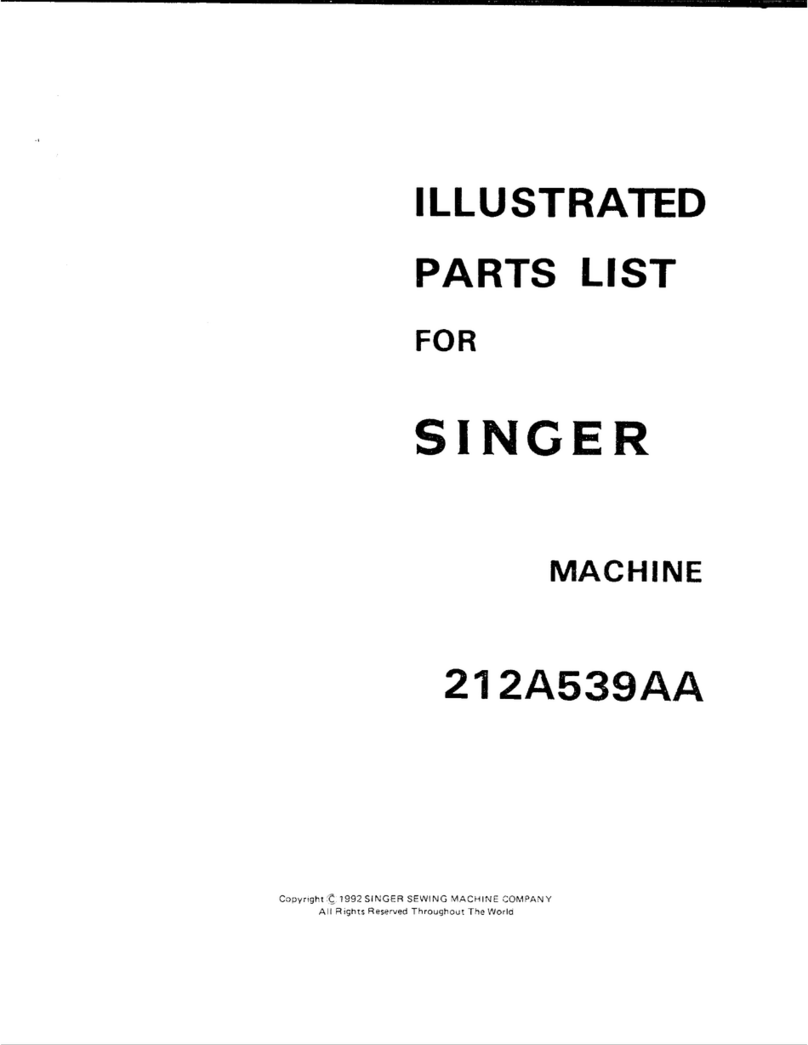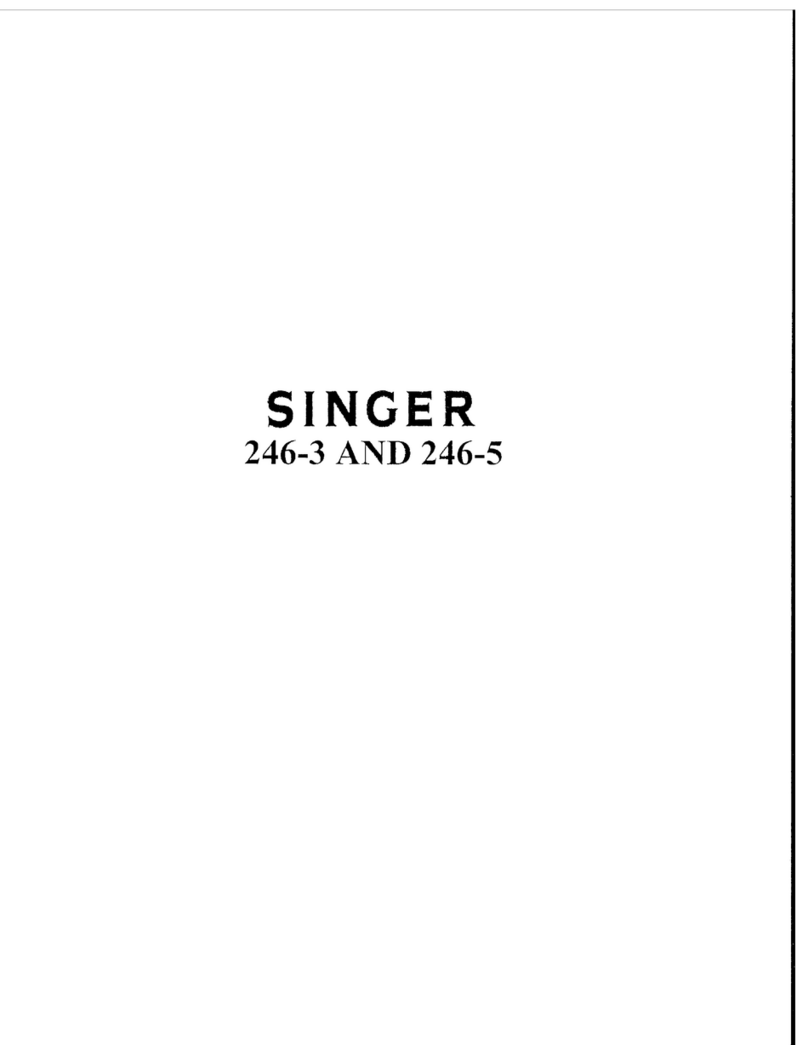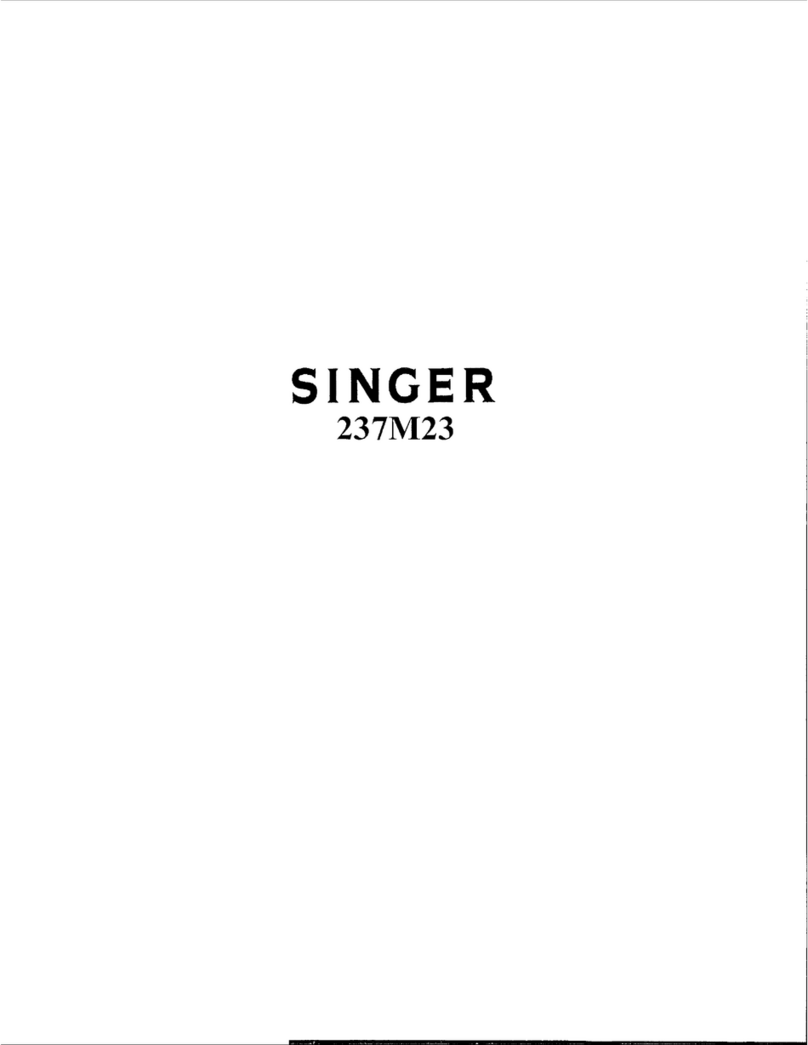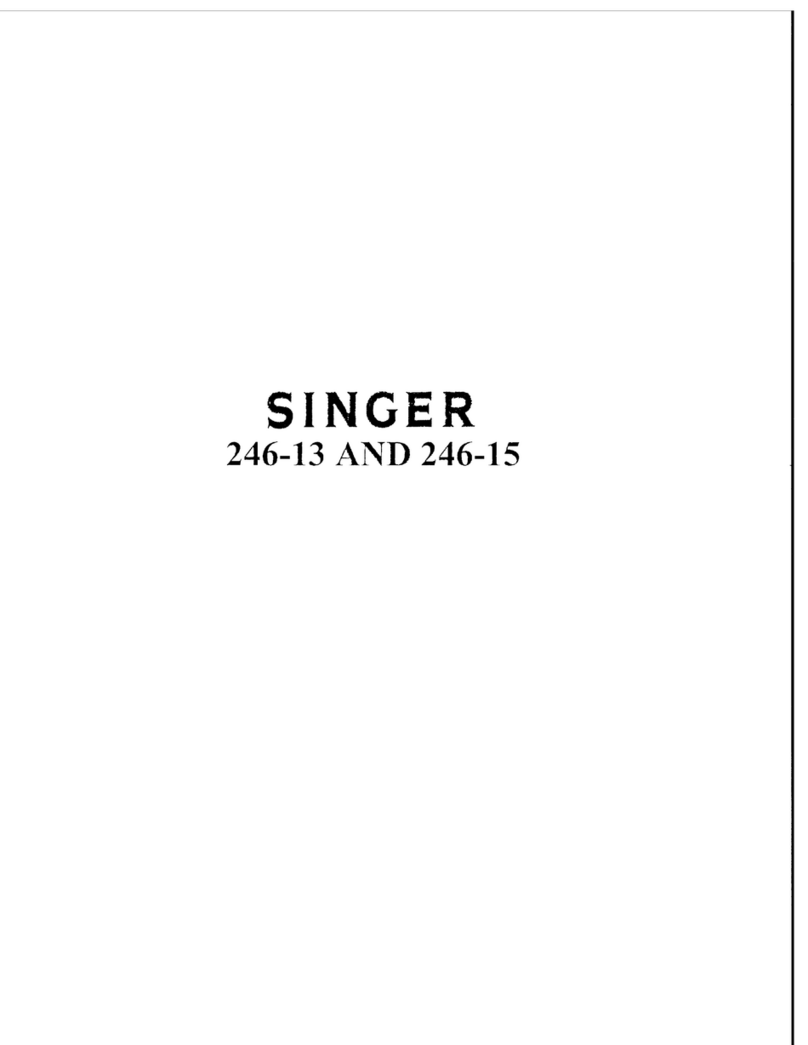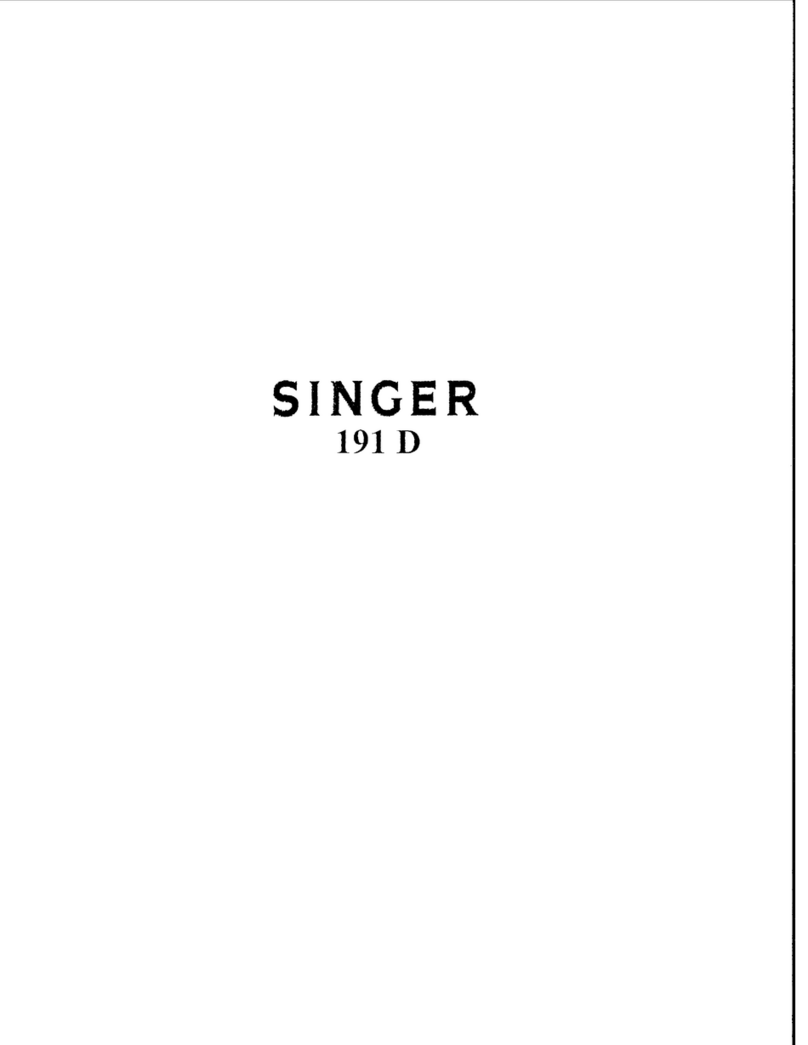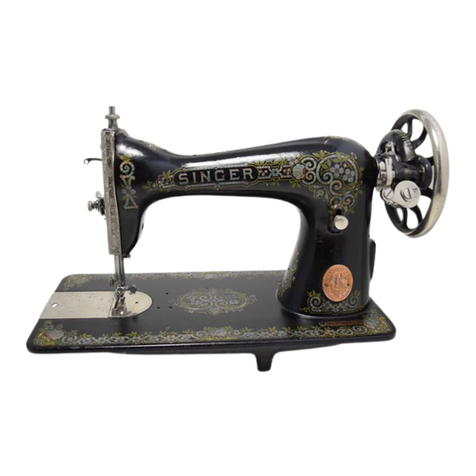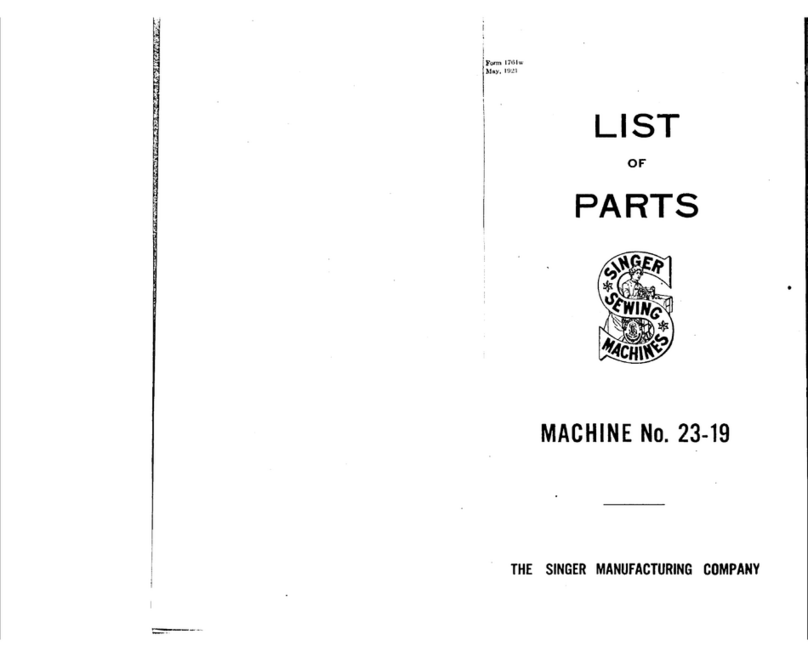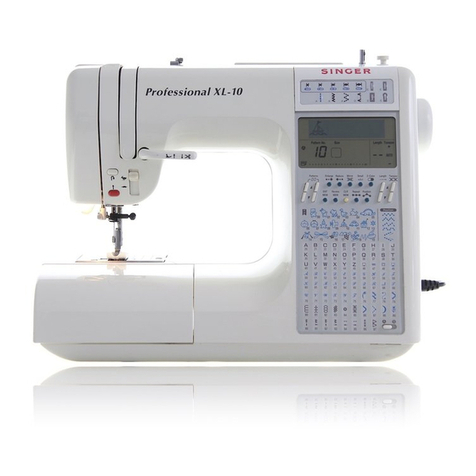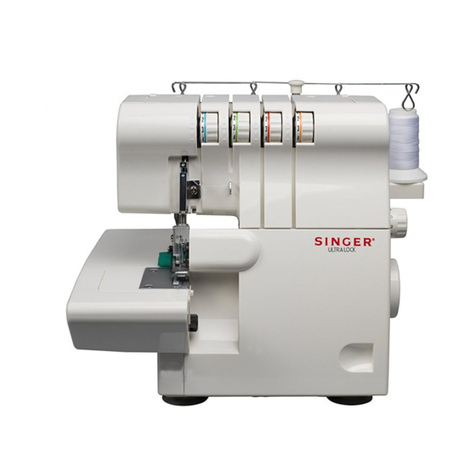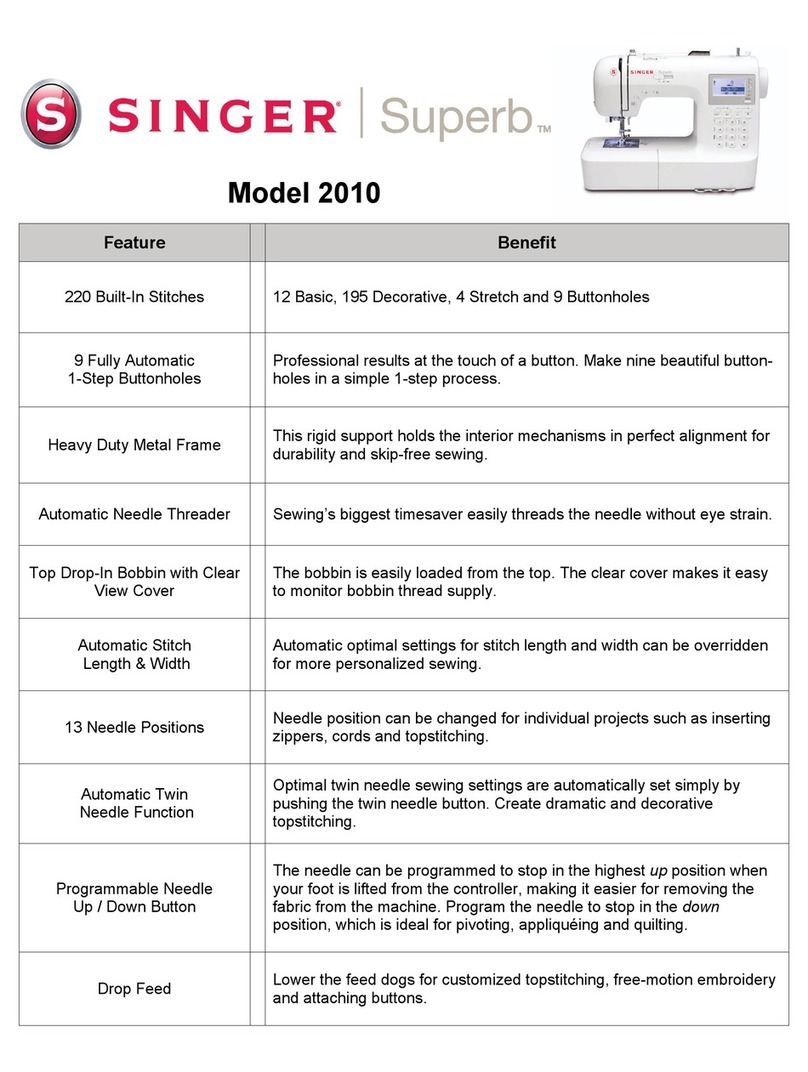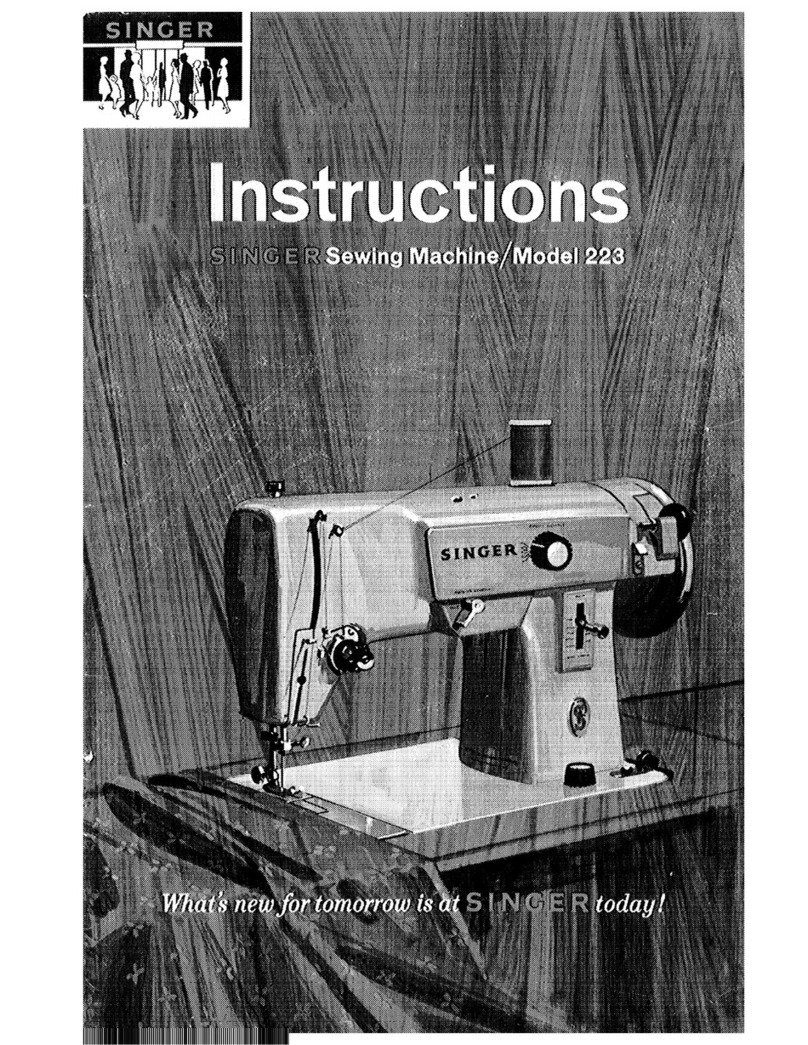List of contents
Machine Basics
Threading the Machine
ewing
General Information
Maintenance and Troubleshooting
Principle Parts of the Machine..............................................................................................................................................2/3
Connecting Machine to Power Source ....................................................................................................................................4
Two Step Presser Foot Lifter...................................................................................................................................................5
Accessories .............................................................................................................................................................................6
Winding the Bobbin .................................................................................................................................................................7
Inserting the Bobbin ................................................................................................................................................................
Thread Tension .......................................................................................................................................................................9
Threading the Upper Thread .................................................................................................................................................10
Raising the Bobbin Thread....................................................................................................................................................11
How to Choose Your Pattern.................................................................................................................................................12
Length Dial ..................................................................................................................................................................13
Sewing Straight Stitch ...........................................................................................................................................................14
Reverse Sewing/ ...................................................................................................15
Blind Hem..............................................................................................................................................................................16
..........................................................................................................................................................17
Sewing on Buttons ................................................................................................................................................................1
Installing the Removable ........................................................................................................................19
Attaching the Presser Foot Shank.........................................................................................................................................20
Needle/Fabric/Thread Chart..................................................................................................................................................21
Darning Plate.........................................................................................................................................................................22
Inserting & Changing Needle ................................................................................................................................................23
Changing the Bulb.................................................................................................................................................................24
Troubleshooting Guide ..........................................................................................................................................................25
Stitch
Removing the Work/ Cutting the Thread
Sew 4-Step Buttonhole
Accessory Storage
VI

